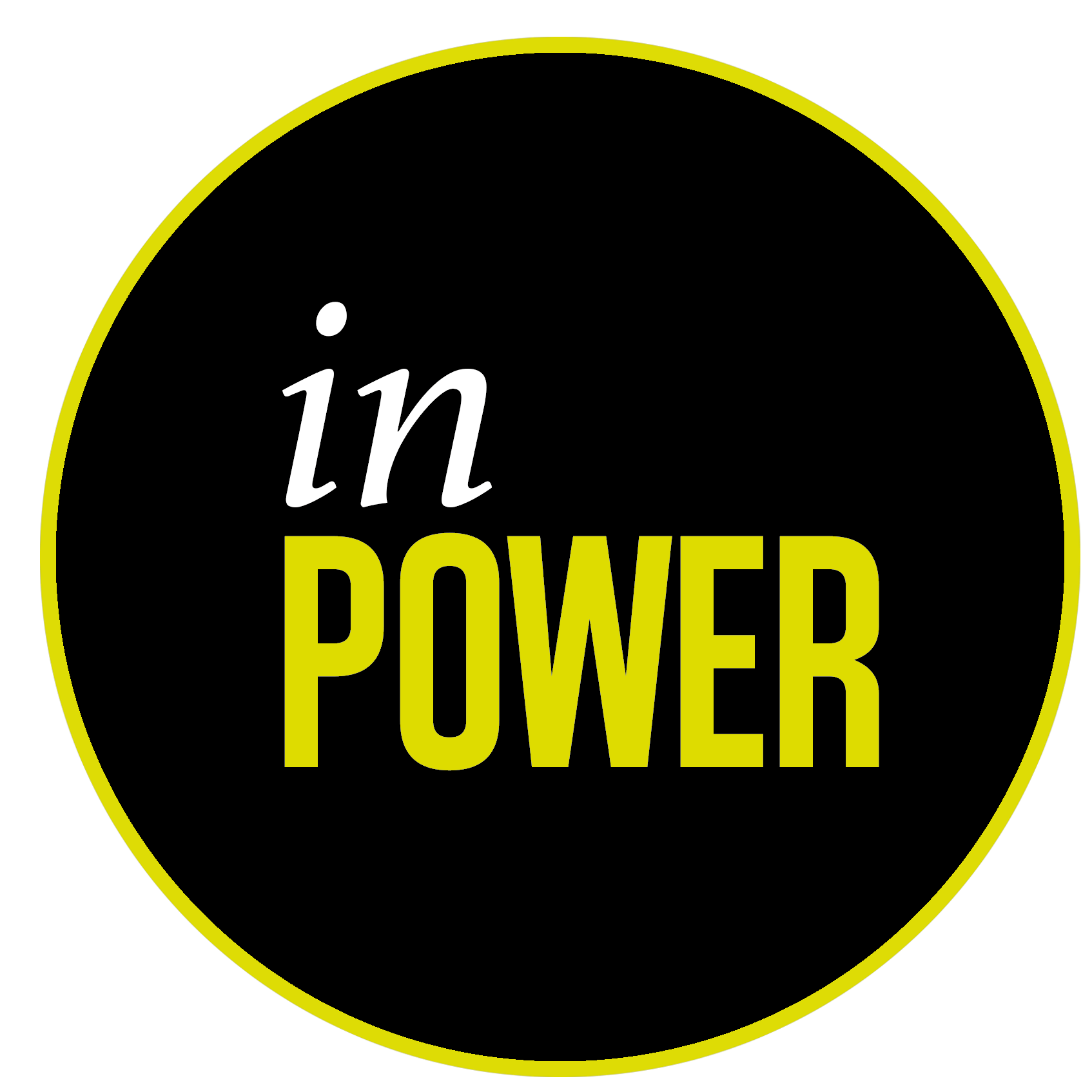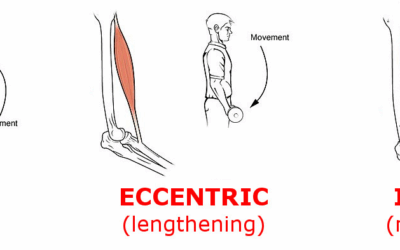Cardio or Strength First? What Women in Perimenopause and Menopause Need to Know
Understanding the science behind cardio, strength, and muscle gain
For active women here in Geneva, the question of whether to do cardio before or after strength training is common. The answer depends on your goal — and in perimenopause or menopause, your primary goals often shift to:
- Maintain or build muscle mass,
- Increase strength, and
- Support metabolic health.
Let’s clear up the confusion with the scientific approach we use at inpower.
Why Muscle Comes First During Perimenopause and Menopause
During perimenopause and menopause, the natural decline in estrogen accelerates muscle loss and reduces insulin sensitivity.
That’s why building and preserving lean muscle becomes your top priority, not endless cardio.
Muscle mass is not just about aesthetics; it:
- Increases your metabolic rate,
- Protects your bones and joints,
- Stabilizes hormones and mood, and
- Helps control fat distribution (especially visceral fat).
To stimulate hypertrophy (muscle growth), your body needs:
- Mechanical tension – from lifting or resistance.
- Progressive overload – gradually increasing the challenge.
- Recovery – so the muscle can rebuild stronger.
If you start with cardio, your energy and glycogen stores drop, leaving less fuel for quality strength work, and that means less stimulus for hypertrophy.
So for muscle growth and strength:
→ Prioritize strength training or circuit training first.
→ Add short cardio after (10–20 min moderate or intervals) only if your goal also includes fat loss or conditioning.
What if your goal is Fat Loss or Cardiovascular Health?
If your goal includes fat loss or improving heart health, cardio plays a role, but it still shouldn’t dominate.
When you lift weights first, your glycogen levels drop, which means your body relies more on fat as fuel during post-strength cardio. This combination improves both body composition and aerobic capacity without sabotaging muscle gain, a key strategy for my clients in Geneva.
Best approach:
- Start with strength or circuit work.
- Finish with short, efficient cardio (bike, rowing, walking incline, or intervals).
- Avoid long cardio sessions immediately before strength training, they interfere with muscle recovery and increase cortisol, which is already elevated in many menopausal women.
What About Circuit Training?
Circuit training (like the inpower method) naturally combines strength, cardio, and core activation in one session.
It’s ideal for women who want:
- To build muscle and burn fat
- To improve endurance
- To keep workouts time-efficient
You don’t need to separate “cardio days” and “strength days”, the circuit already gives you the metabolic and muscular benefits of both.
Just make sure your warm-up focuses on:
→ Gradual heart rate increase
→ Mobility (hips, shoulders, thoracic spine)
→ Muscle activation (glutes, core)
The Bottom Line
| Goal | Do First | Add Cardio? | Why |
| Hypertrophy / Muscle gain | Strength | After (optional) | Muscle growth needs full energy and focus. |
| Fat loss + tone | Strength or Circuit | After | Uses fat as fuel post-strength. |
| Cardiovascular improvement | Cardio (short warm-up) | Before | Improves aerobic capacity. |
| General health / Menopause balance | Circuit training | Built-in | Efficient combo that supports metabolism. |
inPower Insight
For women in perimenopause and menopause, strength is your foundation — it’s how you reclaim energy, confidence, and metabolic flexibility. Cardio supports it, but never replaces it.
Train smart, recover well, and fuel your body to build the strength that carries you forward.
Ready to apply this science to your routine? Contact inPower in Geneva for a personalized consultation and discover a smarter way to train through menopause.





0 Comments